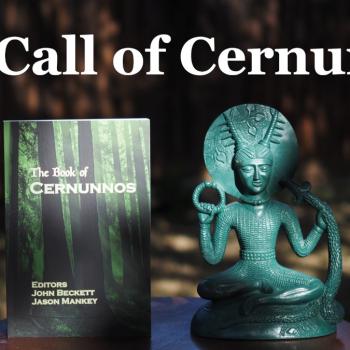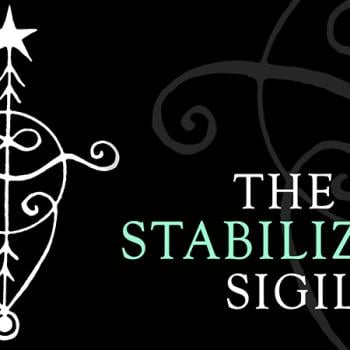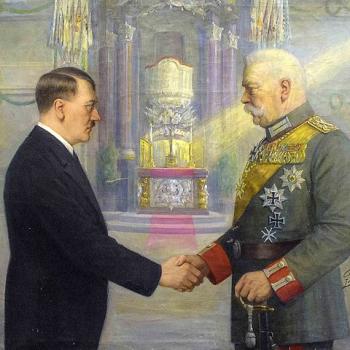After all this, Moses wraps up the whole Torah experience with this reminder: Connect to the Torah and you will be mighty. These blessings (in the original language) talk a lot about physical rewards but as we see above, this can and does represent spiritual rewards.
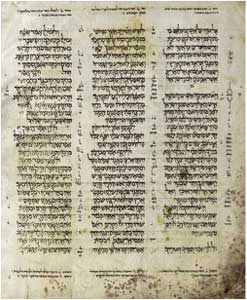 It is after all of this that G-d informs Moses that it is time, and Moses climbs up Mount Nebo near Moab. He takes one last look at Israel and his people's future before he dies. It is said that G-d, G-d's self, came down to usher Moses' soul away (which only has happened one or two other times in the Torah). His successor, Joshua, comes up the mountain and buries Moses and the people of Israel mourn for thirty days. Joshua then takes over the role of leader and the Israelites move forward into history.
It is after all of this that G-d informs Moses that it is time, and Moses climbs up Mount Nebo near Moab. He takes one last look at Israel and his people's future before he dies. It is said that G-d, G-d's self, came down to usher Moses' soul away (which only has happened one or two other times in the Torah). His successor, Joshua, comes up the mountain and buries Moses and the people of Israel mourn for thirty days. Joshua then takes over the role of leader and the Israelites move forward into history.
At the end of the Torah it reminds us that never before and never again was there a man like Moses. He was the last of the prophets to come face to face with G-d. He stood up to Pharaoh but despite all that he accomplished in his 120 years on our earth, the most profound statement about him is this -- Moshe eish elohiem. Moses, the man of G-d. Why such a simple statement? It doesn't matter what we have accomplished or what degrees we have, what matters is our simple faith.
At the end of this parsha one interesting thing is brought up. It is a reminder of being at Mount Sinai when Moses came down with the Ten Commandments and broke them upon seeing the golden calf. Why is this brought up here? It is to remind us that in the pinnacle of our joy, challenges are just stepping-stones to our future.
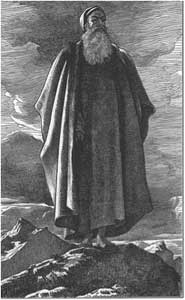 Lastly, we know, from this parsha, where Moses is buried. That is to say, we know he was buried at Mount Nebo but there is no marker or anything to tell us exactly where he is. This, in the Jewish tradition, is odd. We go a pray at famous tzaddikim's graves (righteous men and women) all the time. Mind you, we don't pray to them but rather near them to G-d. Wouldn't it be so fulfilling to pray at Moses' grave? Don't we want to honor him in some way? Well, G-d knew that we would and that it could possibly turn out poorly. Therefore, to ensure we don't pray to Moses or worship him like an idol, we do not know where he is buried. The upside to this is that means Moses is inside each of us. We don't need to pilgrimage anywhere to be close to our Moses.
Lastly, we know, from this parsha, where Moses is buried. That is to say, we know he was buried at Mount Nebo but there is no marker or anything to tell us exactly where he is. This, in the Jewish tradition, is odd. We go a pray at famous tzaddikim's graves (righteous men and women) all the time. Mind you, we don't pray to them but rather near them to G-d. Wouldn't it be so fulfilling to pray at Moses' grave? Don't we want to honor him in some way? Well, G-d knew that we would and that it could possibly turn out poorly. Therefore, to ensure we don't pray to Moses or worship him like an idol, we do not know where he is buried. The upside to this is that means Moses is inside each of us. We don't need to pilgrimage anywhere to be close to our Moses.
"Chazak, chazak, v'nitchazek
Be strong, be strong, and may we be strengthened!"
(We just finished the book of Divarim/Deuteronomy! We say this phrase when we finish a book of Torah. Now that wasn't so hard now was it?)
Parshat Vezot Habracha from G-dcast.com
More Torah cartoons at www.g-dcast.com
